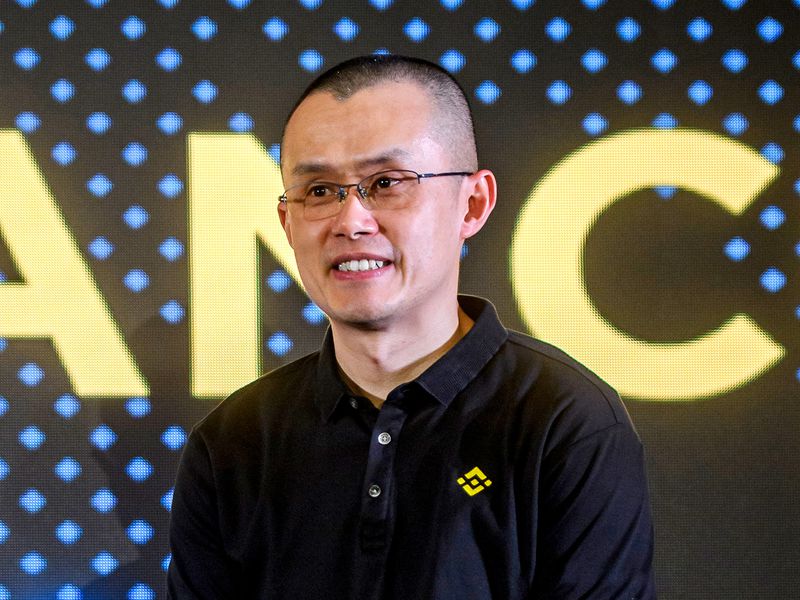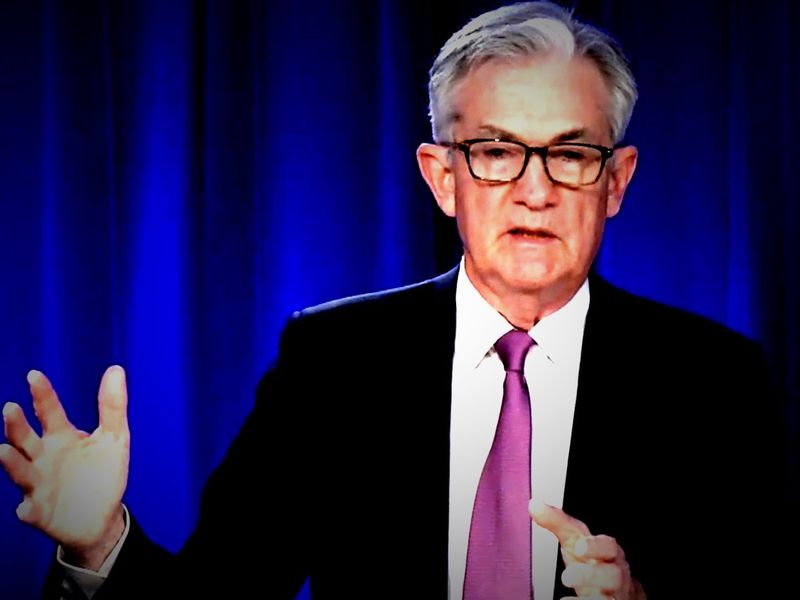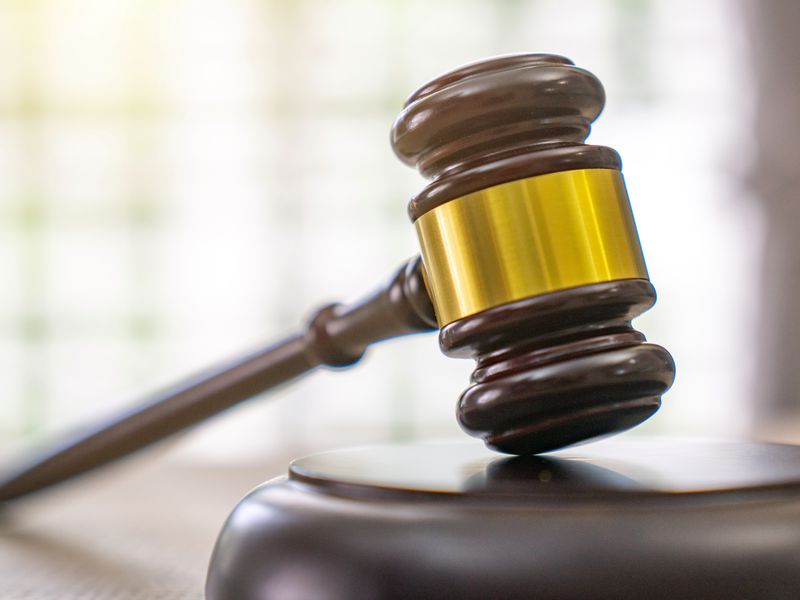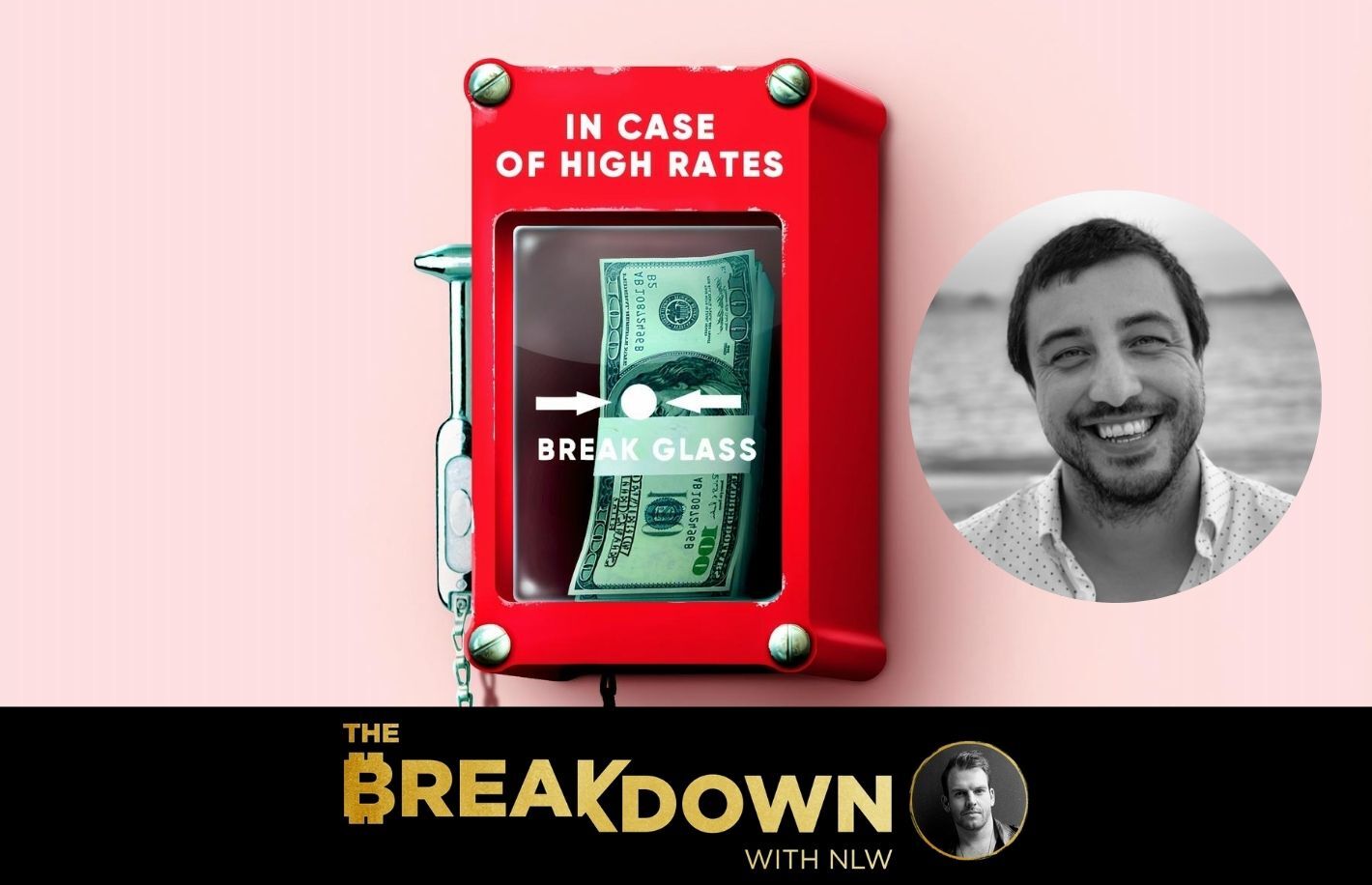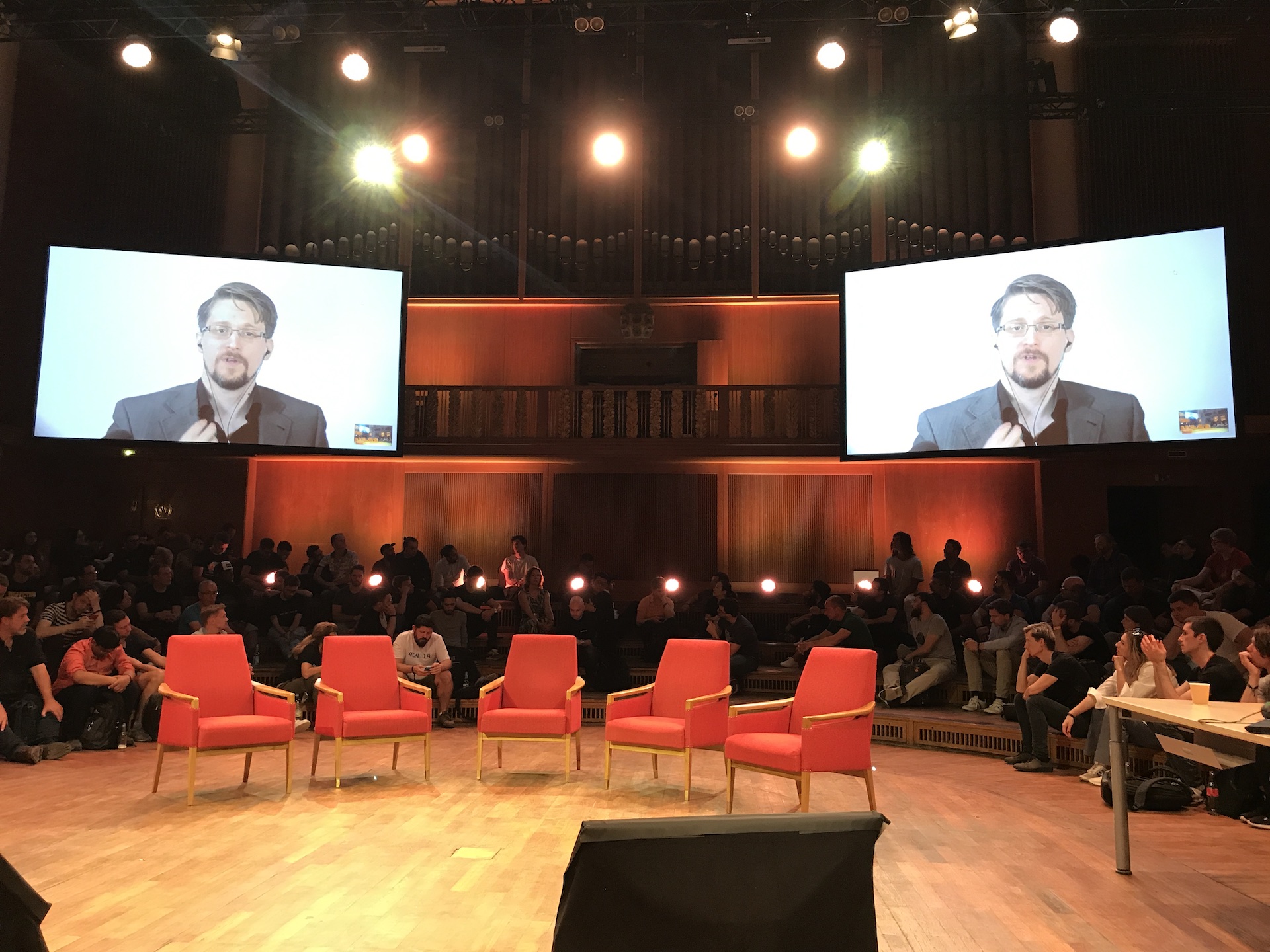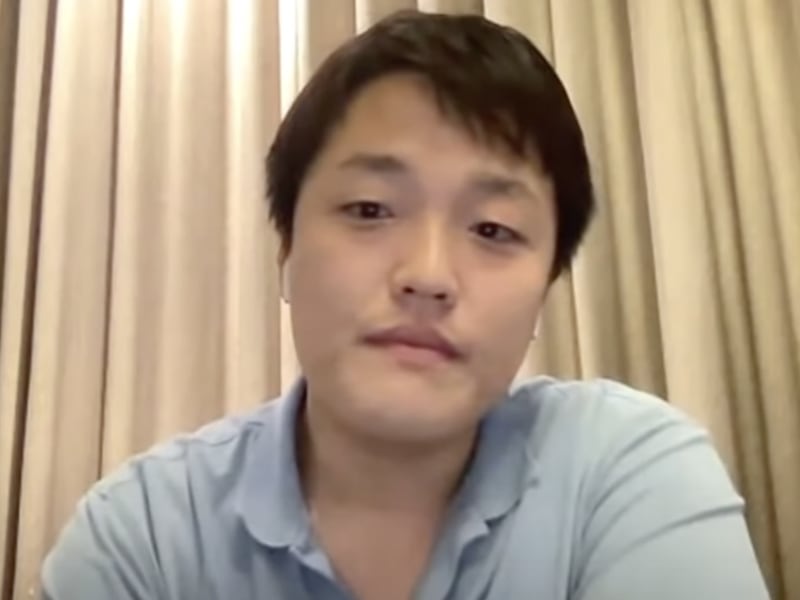Sam Bankman-Fried ‘Lied,’ DOJ Tells Jury; Defense Tries to Pin FTX Collapse on Caroline Ellison
FTX founder Sam Bankman-Fried’s entire crypto empire was a “house of cards” that was “built on a lie,” the U.S. Department of Justice said in its opening statement at the FTX founder’s trial.
Bankman-Fried’s defense team countered that the onetime FTX founder acted in good faith – even as his businesses grew too quickly and collapsed dramatically through no fault of his own, his lawyers said. They assigned some of the blame to one of his employees, his former paramour Caroline Ellison, and said she failed to install safeguards. Ellison has already pleaded guilty and will testify during the trial.
Bankman-Fried’s criminal trial on fraud and conspiracy charges kicked off Wednesday at 12:30 p.m. in New York with assistant U.S. attorney Nathan Rehn telling the 12-person jury that the government would present evidence and expert witnesses that would prove the former crypto king “lied to his customers” and used their money to buy himself “money, power and influence.”
“He poured money – other people’s money – into investments,” Rehn said. He “spent that money in all sorts of ways on himself.”
Bankman-Fried’s lawyers argued in their opening statement that the former founder of FTX and Alameda Research never meant to steal customers’ money – he was simply overwhelmed by the speed at which both his businesses grew.
“He did not intend to steal from anyone,” said the defense’s lead lawyer, Mark Cohen, to jurors selected earlier Wednesday.. He also said that Bankman-Fried “acted in good faith” and that he “didn’t defraud anyone.”
The FTX app and terms of service told customers the money they put on the exchange was being kept for them “as if they were sitting right there” – but, in reality, Bankman-Fried diverted those funds to “smaller and secretive company” called Alameda Research and spent them on “luxuries” for himself, his friends and family members, Rehn told the court. In addition, Bankman-Fried used the money to make political donations that allowed him to curry favor with powerful people on Capitol Hill, Rehn said.
“You will learn the defendant took billions of dollars from… accounts [holding customers’ funds]…and he spent it, and customers had no way to know,” Rehn said.
Bankman-Fried took more than $10 billion out of FTX to pay its sister company Alameda Research’s debts in May and June of 2022, and attempted to “orchestrate a cover-up” by ordering the creation of false financial statements, Rehn added. He also testified before congress, alleging FTX had never stolen customers’ funds, he said.
However, that “lie” blew up when Alameda’s financial statements were “leaked online,” Rehn said, referencing CoinDesk’s award-winning reporting on an internal document from Alameda that set into motion FTX’s collapse last fall.
Still, Bankman-Fried attempted to “cover his tracks,” tweeting false reassurances to his customers, instructing his employees to set up his company’s internal communications platforms to automatically delete messages between him and his employees and falsifying contracts and other documents, Rehn said..
The DOJ plans to present documents, investor files, financial statements and Bankman-Fried’s own deleted tweets during the course of the trial, in addition to witness testimony, he said.
Defense position
Cohen started his opening statements by asking the jurors to judge “based on real-life experiences,” and that he will explain “what really happened,” moments after Rehn presented the prosecution’s opening argument. The Assistant U.S. Attorney told jurors that the former crypto mogul “lied to the world.” and “stole money” while continuously promising customers their assets on FTX were safe.
The defense claimed that the government was “taking things out of context.” Rather than being a thief, Bankman-Fried was “someone who worked really hard” and whose companies grew very quickly where hundreds of decisions had to be made every day, Cohen said.
“No CEO and certainly not Sam could be anywhere and do everything,” Cohen said.
The government also told jurors about how closely intertwined the supposedly separate entities Alameda Research and FTX were and that Bankman-Fried, even after he stepped down from his role as CEO, remained very involved in Alameda Research’s business decisions.
The defense said there’s “nothing wrong with that,” and that Bankman-Fried remained a majority owner in Alameda, which is why he continued to be highly involved. He also explained that FTX needed liquidity and that Alameda Research took on the role as the market maker.
“Totally normal,” Cohen said.
:format(jpg)/cloudfront-us-east-1.images.arcpublishing.com/coindesk/OW2UCEZWIZFFBGEY3UF4KK6GD4.jpg)
The defense took a shot at the government’s key witnesses – Ellison and former FTX executives Gary Wang and Nishad Singh – saying they were testifying due to cooperation agreements.
“Cooperation in the real world means testifying in a way that supports the government’s case,” Cohen said. “That should overhang everything they say.”
In the months leading up to the trial, Bankman-Fried’s lawyers have said they would argue that the former crypto mogul acted in “good faith” when he loaned funds to FTX and Alameda executives and in no way meant to defraud customers, investors or lenders.
Both the defense’s and the prosecutor’s opening statements came after Judge Kaplan picked a jury of 12 individuals to follow the case on Wednesday. Those jurors were selected from a group of over 80 prospective jurors who appeared in court on Tuesday and were asked a variety of questions, both work-related and personal.
Before the DOJ made its opening argument Judge Kaplan read a set of preliminary instructions to the jury for about 20 minutes, reminding the 12 jurors and six alternates not to conduct any research. He also explained how they should evaluate testimony and weigh it against, and alongside, other evidence like the FTX and Alameda internal documents. Opening arguments did not count as evidence, he said, likening them to movie trailers.
“Your job is to decide the facts…to come to a conclusion about what happened,” Kaplan told the jurors, later adding that he will teach them everything they need to know about the law and how to apply it to reach a verdict.

